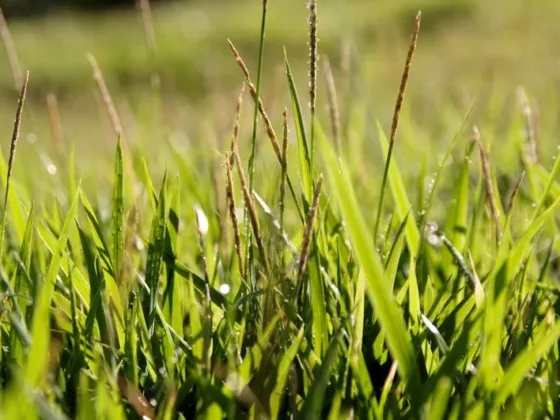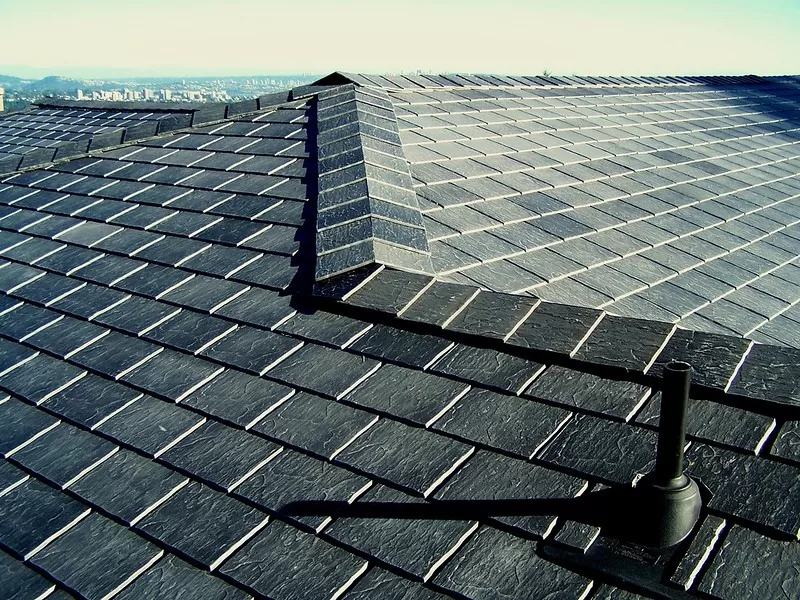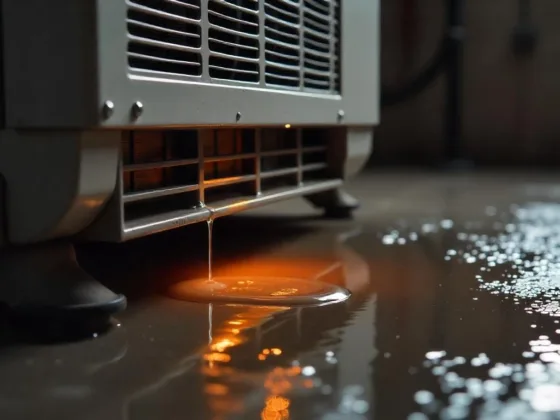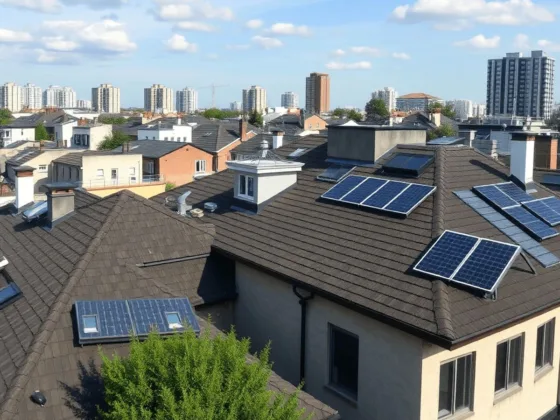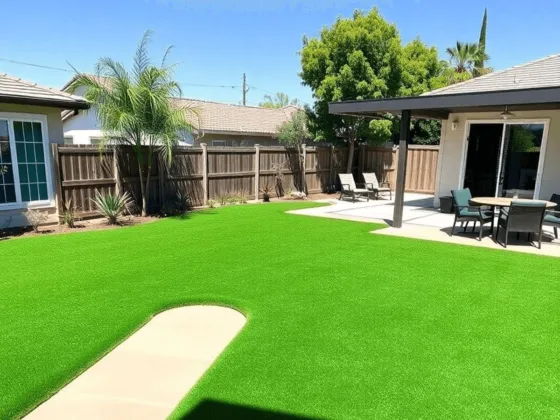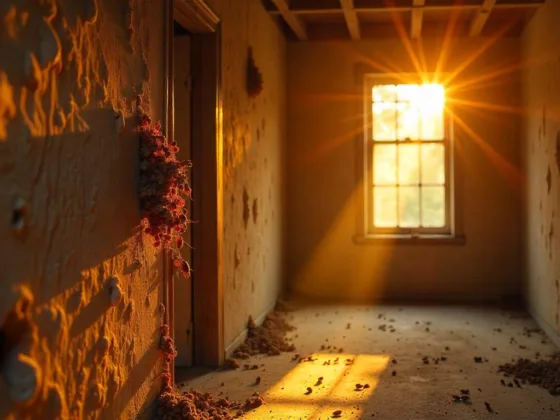How to treat lawn disease? Learn more about the Top 5 lawn diseases and how to eliminate them early in the season. If you want to have a lush problem-free lawn, you have to start taking good care of it now.
The best defense against lawn diseases is to keep your turf healthy with proper mowing, watering and fertilizing. It’s equally important to maintain proper nutrient levels and control excess thatch.
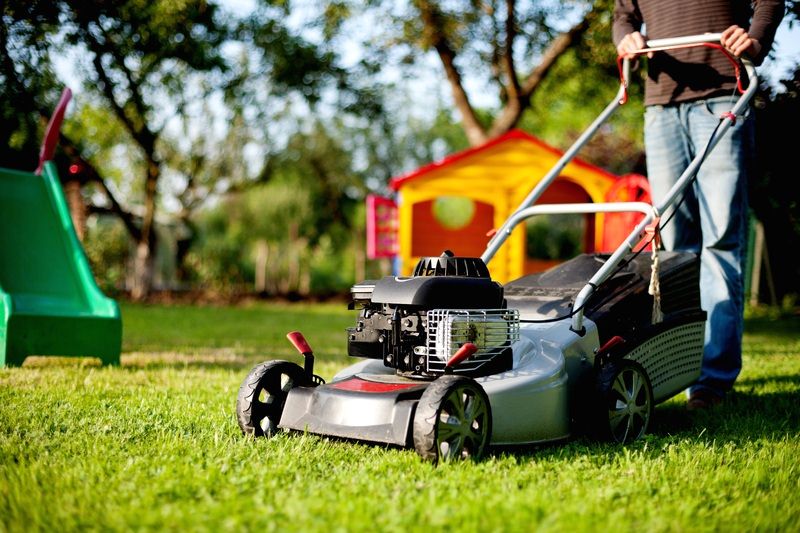
Top 5 Lawn Diseases: How to Treat Lawn Disease Early in the Season
If despite your best efforts your lawn develops a problem, treat it early in the season before it becomes more time-consuming and expensive to fix.
Here’s how to identify, avoid and get rid of 5 common conditions that can affect lawns across the country.
Leaf Spot
It’s caused by several different fungi that kill the grass when the weather warms up. Leaf spot generally starts in cool weather but can occur at any time.
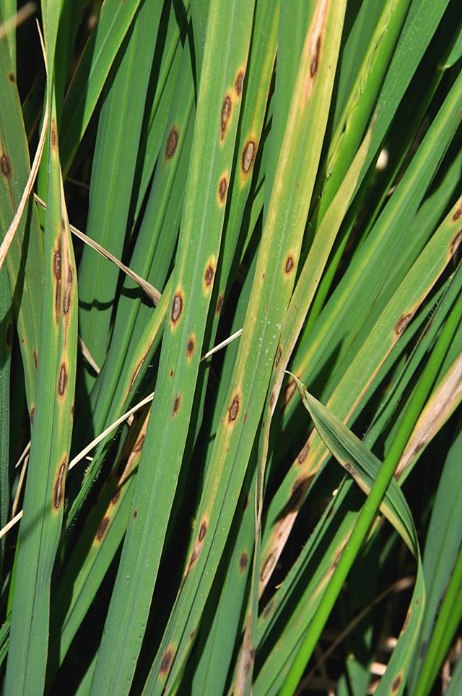
Symptoms:
Grass turns brown in irregular patches from 2 inches to 2 feet across. Small oval spots with straw-colored centers and dark-maroon or black borders also form on the blades.
Treatment:
Apply a contact or systemic fungicide such as Scotts Lawn Fungus Control up to 4 times, allowing 7–14 days between applications. For best results, follow the directions on the product label.
Prevention: Keep your lawn healthy by aerating the soil, water and fertilize regularly.
Dollar Spot
Several factors can trigger this fungal problem, including high humidity, too much thatch on the lawn and mowing too short during hot weather.
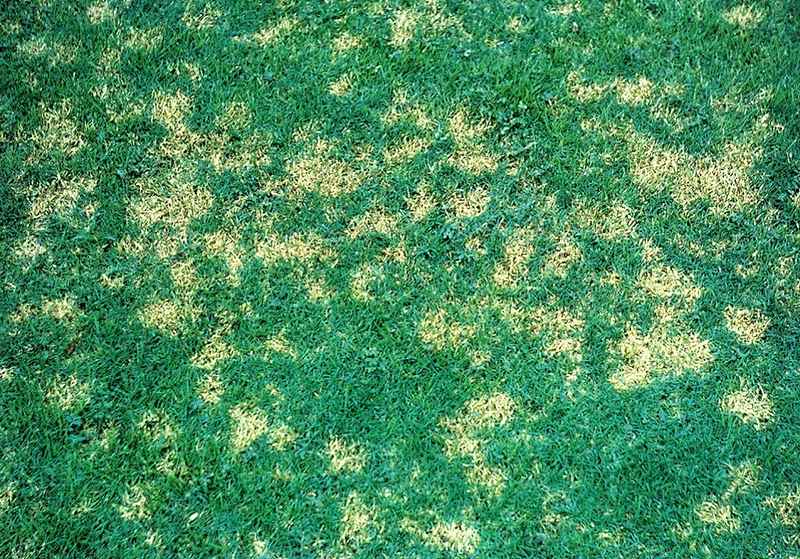
Symptoms:
Light-brown circular areas that can be the size of a silver dollar to 6 inches across form on the grass. Spots may also merge into large irregular-shaped patches. As well, a cobweb-like white growth often covers infected blades early in the morning before the dew dries.
Treatment:
Apply a contact fungicide 2 times, 7–10 days apart. Try Bayer Advanced Fungus Control, which is formulated to withstand the rain so your grass is treated and protected in any weather.
Prevention:
Keep your lawn healthy by aerating the soil, water and fertilize regularly.
Powdery Mildew
Shaded lawns are most susceptible to this disease, which is caused by fungi. It typically starts when nights are cool and damp and the days are warm and humid. Powdery mildew slows the growth of grass, weakening it so it’s more vulnerable to other problems such as gray leaf spot and Helminthosporium.
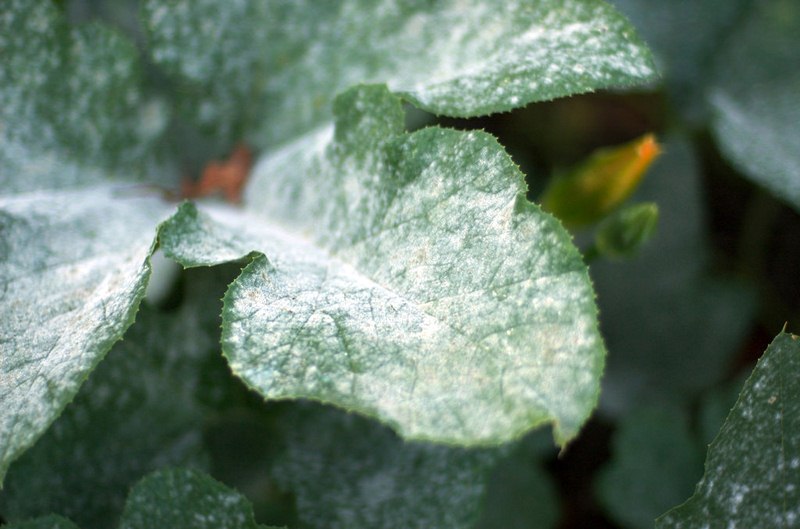
Symptoms:
An infected lawn looks like it has been dusted with flour. The fine white mildew on the blades develops into powdery spores that are easily carried by the wind, spreading the disease to other areas.
Treatment:
For a mild case, use a systemic fungicide 1 time; in severe situations, apply again 7–10 days later. Try Spectracide Lawn Disease Control, which both cures and prevents powdery mildew on any type of lawn.
Prevention:
Reduce shade and improve air circulation by pruning surrounding trees and shrubs. Fertilize and water only moderately in shady areas. Reseed badly thinned areas with seed recommended for shady areas such as fescue.
Slime Mold
Often appearing during periods of prolonged rainfall and high humidity, this mold deprives grass of light and weakens blades.
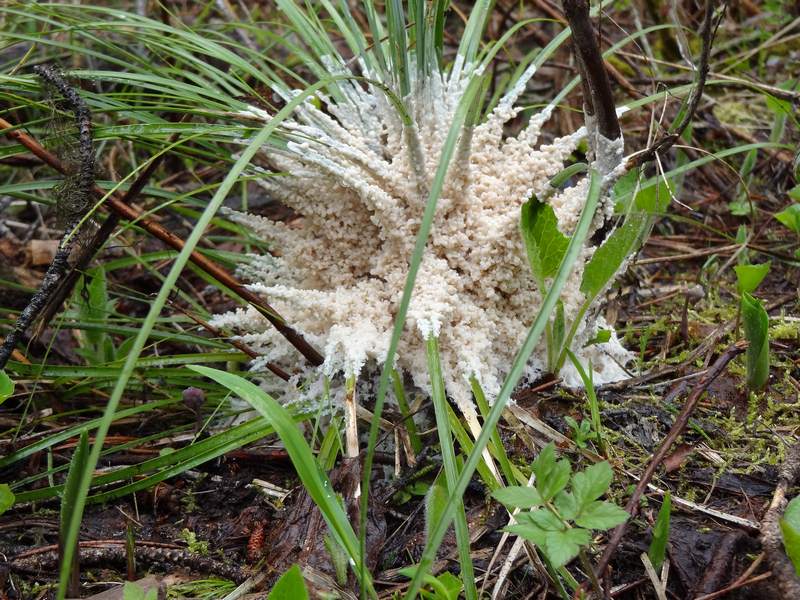
Symptoms:
The mold coats grass blades with a white powder-like substance that isn’t pathogenic and doesn’t spread. A thick covering may shade grass from the sunlight, causing it to turn yellow. On the soil, molds appear as slimy white, gray or yellow masses.
When the spores are ready to reproduce, they extend up onto the blades and form powdery balls. Affected areas can range from a few inches to several feet across.
Treatment:
Hose off mold with water or sweep it away with a broom. If in powder form, brush the spores off the grass with a broom or rake.
Prevention:
Remove excessive thatch and core aerate the lawn in fall.
Fairy Rings
Fungi that grow on organic matter in the soil are responsible for this condition. While they usually don’t harm grass, they do compete with it for water (a lack of water can weaken your lawn).
The disease often starts on wood buried in the soil, such as the roots of dead trees or debris buried during construction. Fairy ring symptoms are more common during long spells of wet weather.
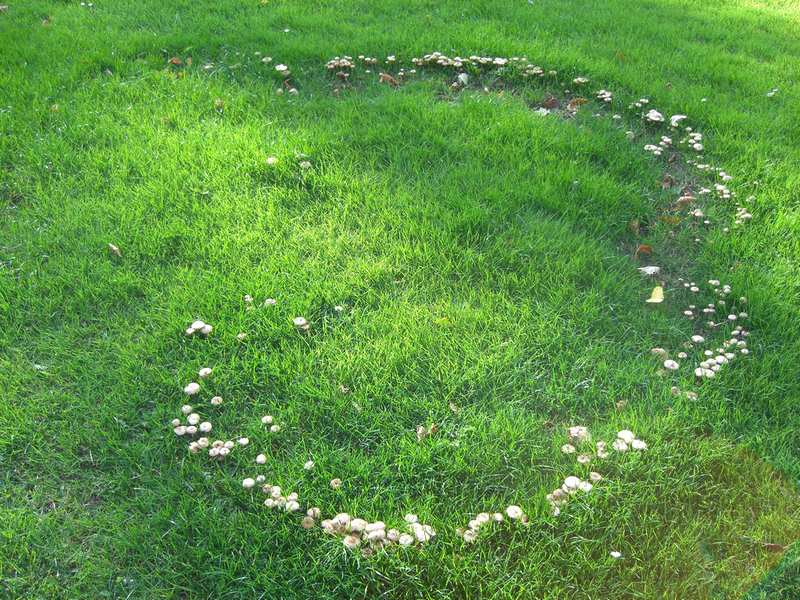
Symptoms:
Grass develops a dark-green ring. Nitrogen, which is released when fungi break down organic matter, causes the color change. If your lawn is pale and low in nitrogen, the greener area will be more obvious. The fungi grow from a central point outward at a rate of 1–2 feet a year. As well, mushrooms may appear in the morning.
Treatment:
It isn’t much you can do once fairy rings appear, so it’s important to practice good prevention.
Prevention:
Fertilizing will mask the effects of this disease. If the grass in the ring is pale or yellow, aerate your lawn and water it thoroughly. Also, ensure that wood debris isn’t left in the soil during construction and renovation projects.
Must Read:
Prevent Lawn Diseases with Proper Fertilizing
A well-fed lawn is more resistant to disease, so follow a balanced fertilizer program to keep it nourished and healthy.
Start your fertilizing regimen in early spring with an application appropriate for your lawn conditions. Feed your turf again in late spring, summer and early and late fall.
Rake your lawn deeply to remove the grass that died over the cold months and to break up matted patches. This simple step removes thatch early and helps eliminate areas for fungus growth. Aerate turf with a coring machine to encourage a better flow of water, air and vital nutrients.
References
- How to Deal with Grass Fungus Diseases in Your Lawn: Today’s Homeowner
- Lawn Diseases: Prevention and Management: Agriculture and Natural Resources, University of California


